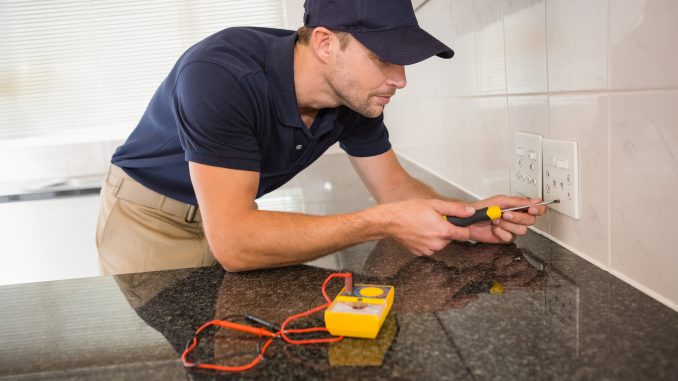
In case you are constructing a house, one of the vital vital issues that you could take into account is {an electrical} outlet location plan. This may assist you make sure that your home equipment received’t be plugged in a single present, which might result in an overload and fireplace. It would additionally make it easier to assess whether or not you’re going over your electrical outlet restrict.
In reality, over 5,300 annual fireplace accident instances had been recorded within the US. Most of those incidents occurred through the holidays. Are you able to think about how our electrical retailers are overloaded – the Christmas lights, music, and several other decors, simply to spice up the vacation feels. These incidents might have been prevented if they simply have ample numbers {of electrical} retailers slightly than utilizing an extension twine.
Compute an Electrical Outlet Restrict?
Shops generally have a present ranking of 15 to twenty amps. So for instance, you’re plugging a 170-watt electrical fan and a 1700-watt tv. Test whether or not it shares a circuit breaker to different retailers in your house. If sure, test if there are different home equipment plugged in these. If none, add the 170 watts and the 1700 watts.
170 + 1700 = 1870 Watts
Test the volt; normally, it’s 120V.
1870 Watts / 120 Volts = 15.58 Amps
In case you are utilizing a 20-Amp breaker, this is not going to be a problem. Nonetheless, you probably have seen that it solely has 15 Amps, you could plug your electrical fan elsewhere.
Electrical Outlet Location Plan
Your electrical outlet location plan is normally included in your ground plan. Systematically plan the define of your total dwelling, together with the situation of your home equipment. This may assist you make sure that the retailers are positioned precisely the place they’re wanted.
Compute the home equipment electrical energy consumption to make sure that you received’t go overboard. Bear in mind, plugging loads of objects in a single outlet can result in hazards.
Observe the suggestions of the Nationwide Electrical Code (NEC). This can be your base pointers when planning all the electrical development of your private home, whether or not in your bed room, kitchen or lounge.






